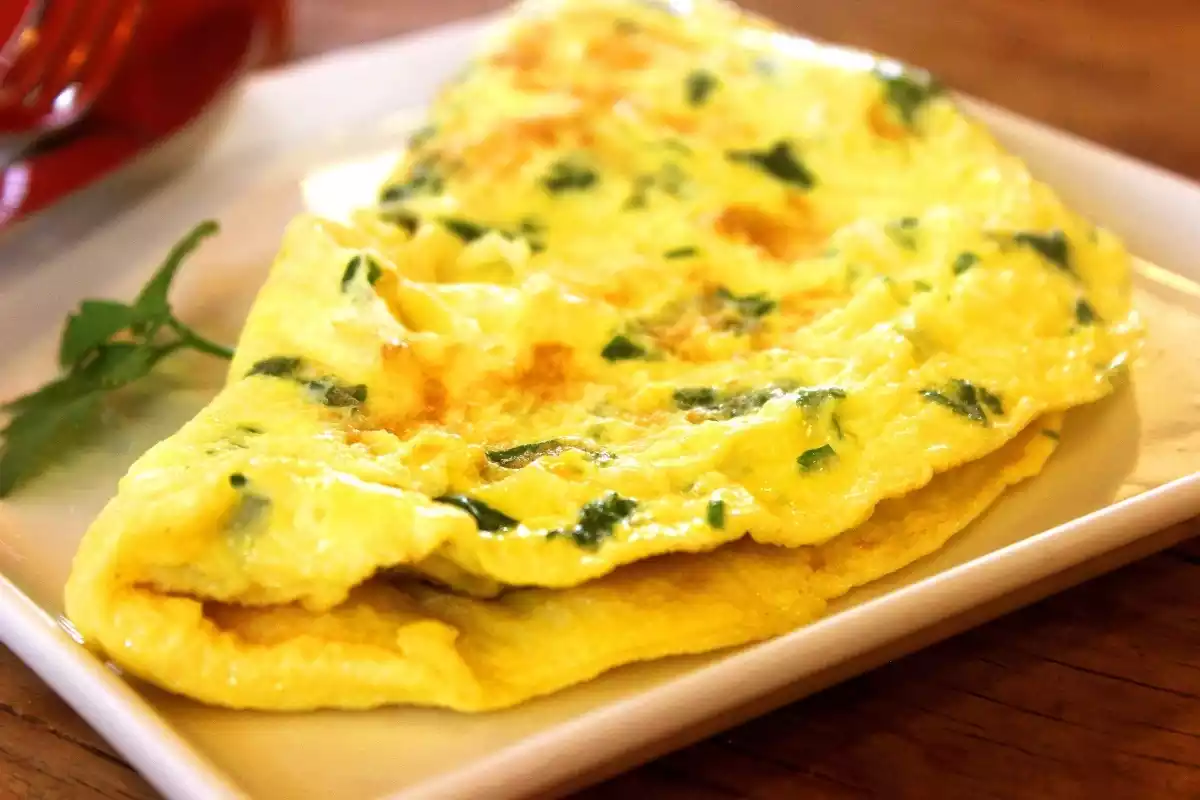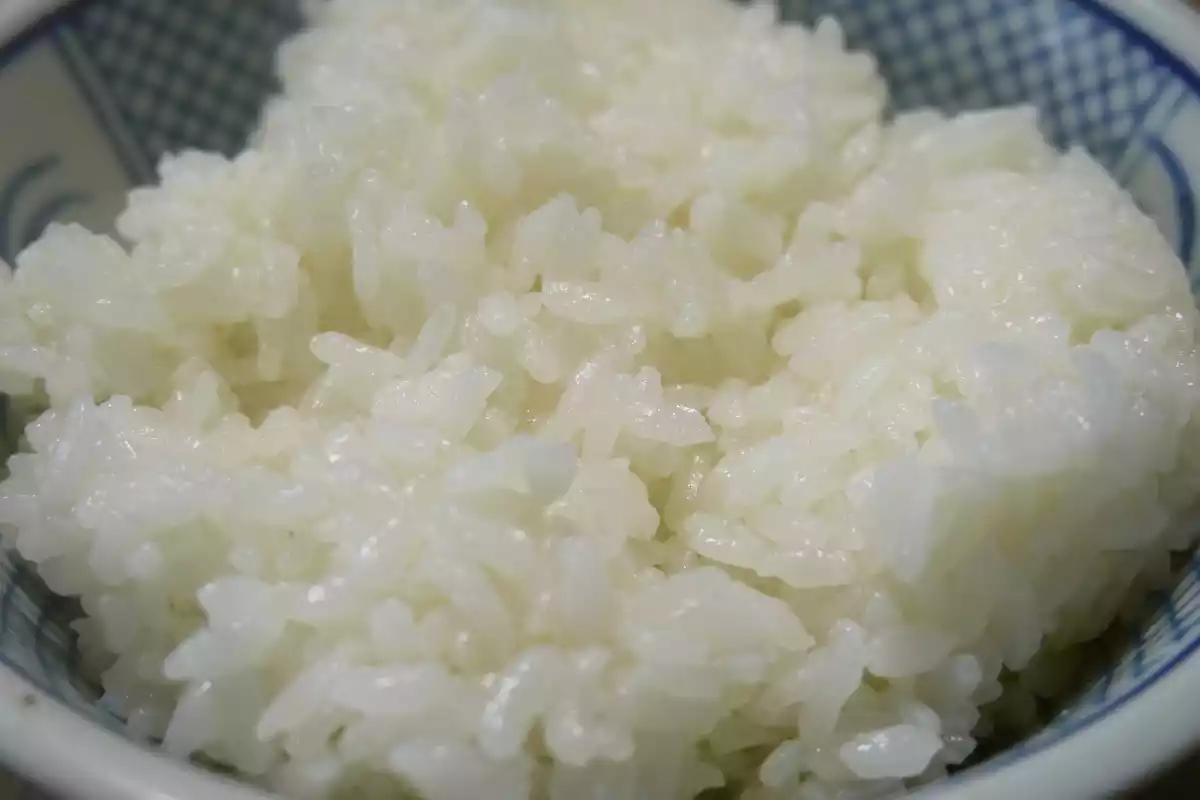If you have an upset stomach or a digestive pathology like gastritis, most doctors recommend a bland diet. There are different variations of this diet, but the most common one is the astringent bland diet that helps to stop diarrhea and other symptoms associated with an upset stomach.
In this article, we'll tell you everything you need to know about going on a bland diet starting with what it is and what the main types are and then, explaining which recipes you can make at home as well as astringent and non-astringent foods recommended to deal with gastritis and stomachaches.
Bland diet: What it is and when to go on one
A bland diet also called a soft food diet, is a dietary plan that involves avoiding spicy foods or those with too many condiments and staying away from high-fat foods. Besides, preparing these foods is very simple, for example, boiled or oven-baked meals. On the other hand, you should avoid fried and salty foods or ones with lots of sauce.
The main goal of the bland diet is to give the digestive system as little work as possible to help it to recuperate in cases of diarrhea, vomiting, and other digestive issues. Easing digestion and avoiding the stimulation of gastric secretions, makes this possible. In most cases, this diet is recommended to alleviate problems associated with certain surgeries or illnesses, mainly related to the digestive system, such as the following:
Gastritis
Stomach cramps
Ulcers
Diarrhea
Vomiting
Intestinal viruses
Dysphagia (difficulty swallowing)
Others recommended this diet
Likewise, it's recommended to those people -both children and adults- that have undergone jaw surgeries, that use dental devices or that have gastroesophageal reflux. Medical professionals may also recommend this diet before a colonoscopy or some types of surgical interventions to prepare the body.
Although some think that you can only eat foods with a soft texture on this diet, this isn't the case. On a bland diet, you can also eat hard foods. You should talk to your doctor about going on a soft food diet, and it is usually recommended in cases of gastroenteritis and other illnesses that cause vomiting and diarrhea.
Related: Home Remedies For Stomach Ache
Types of bland diet
There are different types of soft food diets, and they aren't just recommended for people that suffer from gastroenteritis. The astringent diet, non-astringent diet (dysphagia diet) and laxative diet are the most well-known ones. On the same note, there are specific bland diets for certain types of surgical interventions or medical exams like colonoscopies. Below, we'll show you the most common ones.
Astringent diet
An astringent bland diet is recommended for those with diarrhea or an upset stomach caused by gastritis. This is the perfect option to treat gastric related symptoms.
Non-astringent diet
On the other hand, the non-astringent diet -also known as the dysphagia diet- is prescribed for those with difficulties chewing or swallowing. Usually, people on this diet have a swollen throat or esophagus and aren't able to swallow correctly. Most foods on this soft food diet are liquid or pureed.
Laxative diet
A laxative diet is recommended for people with constipation, meaning, difficulty emptying the bowels normally. Someone is constipated when they have less than 3 bowel movements per week, and these are dry or hard. Generally speaking, to stay regular you should avoid dry and fatty or fried foods, as well as alcohol. Fiber-rich foods and liquids are recommended.
Related: Roasted Potatoes: Quick Recipes For Spectacular Tubers
Recommended bland foods
To get a better understanding of how the bland diet works, below, we'll show you some examples of bland foods that you can eat while on this type of diet, whether its the astringent or non-astringent kind.
Astringent foods
In general, you should always opt for grains in the form of white or toasted bread, boiled white rice and pureed cereals. Toast is recommended as a part of the astringent diet since it's easier to digest. On the same note, boiled, baked, or grilled (not fried) meats like chicken and turkey are perfect for this diet. Also, cold cuts like ham are appropriate.
Soft-boiled, poached eggs and omelets are also a part of this diet. You can eat vegetables boiled or pureed, or even in soup, but not raw. You can eat fruit either cooked or in the form of preserves or sauces, as is the case of apples. It's best to grate the fruit and let it turn a little brown first since the oxidation process causes compounds to appear that strengthen its astringent qualities.
Non-astringent foods
On the other hand, on a non-astringent diet, blended foods with a liquid texture like vegetable, chicken, or fish broths without condiments are common. Cream of carrot or zucchini -highly digestive soups- are also excellent bland foods.
However, you should avoid acidic fruits and vegetables like tomato and peppers, and everything that you eat should be low-sodium, without spicy condiments. As with the astringent diet, apple sauce and other fruit purees are great choices for the non-astringent diet, as well as water, herbal teas, and yogurt.
Gastritis foods to avoid
In general, on any type of bland diet, you should avoid drinking coffee, alcohol, acidic juices, and soft drinks. Instead, you should opt for water, skim milk, herbal teas, or juices like peach juice. Likewise, when it comes to foods you should avoid, nuts, fried foods, baked good, and other pre-cooked products, are off-limits.
On the same note, gassy foods like cruciferous vegetables, legumes, and acidic fruits like tomatoes and citrus are forbidden for those on a bland diet. Sauces, spicy and pickled foods -olives, pickles, etc.- and sugary foods are also prohibited on the bland diet.
Recommendations and advice
There are a few keys to following a bland diet that you should know. Usually, this diet lasts for 2 or 3 days, and then progressively conventional foods are added back in. If you still experience pain and problems persist after a few days, make an appointment with your doctor. It's a good idea to eat small portions frequently to avoid a full stomach.
The foods you eat should be lukewarm, around body temperature, which eases the digestion process. Avoid salt and if you want to add condiments to your meals, try adding digestive herbs like oregano. Hydration is also essential, so try to drink water and herbal teas like chamomile, mint, and green tea or lemon verbena in little sips. Make sure that these drinks aren't too hot either.

Finally, at mealtime, you need to make sure to chew your food slowly, which keeps you from swallowing air and accumulating gasses. Besides, you should rest for a little while after eating to aid the digestion process.
Related: Chamomile: Plant And Tea Benefits And Properties
Bland diet recipes
To learn more about what to eat if you have gastritis or any of the other pathologies we mentioned previously, we'll show you 2 easy homemade recipes that are easy to incorporate in any soft food or bland diet.
Homemade chicken soup
This is an easy and delicious chicken soup recipe that you can eat even if you're on a soft food diet. You just need a chicken carcass, 1 leek, 4 sprigs of parsley, 1 large onion, and 3 medium-sized carrots.
You have to peel and clean the ingredients and then pour water over them in a large pot and bring it to a boil. Once the mixture comes to a boil, turn down the heat and let it cook slowly for 2 hours. Then you just have to take out the ingredients and blend the broth and vegetables in a food processor.
Apple sauce
Apple sauce is the perfect dish if you're on an astringent soft food diet. All you need to make homemade apple sauce is 3 apples, 20 grams of sugar and 250 milliliters of water. Then, peel the fruit, dice it and put it into a pot with water and sugar.
Now, let it boil for 4 minutes on medium heat. Add the chunks of fruit, stir and then turn down the heat and let this mixture cook for a half an hour, approximately. Finally, mix it to achieve a softer texture. Check out the original article: Dieta blanda: alimentos y recetas para la diarrea y la gastroenteritis at viviendolasalud.com
References
Centro Médico-Quirúrgico de Enfermedades Digestivas (2013). ¿De qué está compuesta la dieta blanda?[online]Available at https://www.cmed.es/actualidad/de-que-esta-compuesta-la-dieta-blanda_148.html
